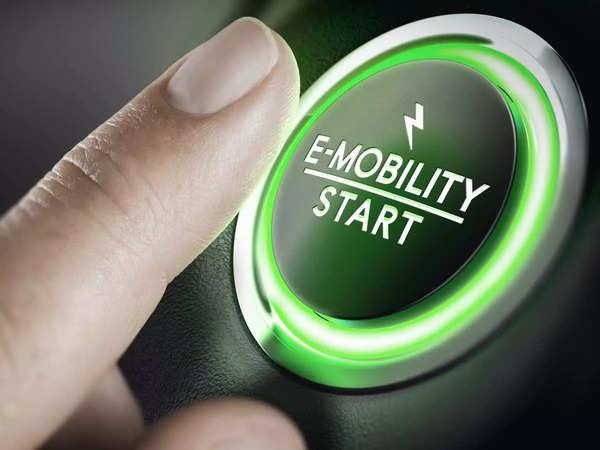The Haryana government is considering freeing electric vehicle (EV) infrastructure from floor area ratio (FAR) limits. This means that developers would be able to build more EV charging stations and other EV infrastructure without having to worry about the FAR limits of their buildings.
The move is aimed at promoting the adoption of EVs in the state. The Haryana government has set a target of having 30% of all new vehicle sales in the state to be electric by 2030.
FAR limits are imposed by municipal corporations to regulate the amount of floor space that can be built on a piece of land. The limits are imposed to prevent overcrowding and to ensure that there is enough open space in the city.
However, the FAR limits can also be a barrier to the development of EV infrastructure. For example, if a developer wants to build an EV charging station on a piece of land, they may have to reduce the amount of floor space that they can build for other purposes.
Freeing EV infrastructure from FAR limits would make it easier and more affordable for developers to build EV charging stations and other EV infrastructure. This would help to accelerate the adoption of EVs in Haryana.
Benefits of freeing EV infra from FAR limits
Freeing EV infra from FAR limits would have a number of benefits, including:
- Accelerated adoption of EVs: Freeing EV infra from FAR limits would make it easier and more affordable for developers to build EV charging stations and other EV infrastructure. This would help to accelerate the adoption of EVs in Haryana.
- Reduced air pollution: EVs produce zero emissions, so freeing EV infra from FAR limits would help to reduce air pollution in Haryana. Air pollution is a major public health concern in the state, and freeing EV infra from FAR limits can play a significant role in improving air quality.
- Improved public health: Air pollution is a major cause of respiratory and other health problems. Freeing EV infra from FAR limits would help to improve public health by reducing air pollution.
- Reduced greenhouse gas emissions: EVs produce zero greenhouse gas emissions, which contribute to climate change. Freeing EV infra from FAR limits would help to reduce greenhouse gas emissions from the transportation sector in Haryana.
Challenges
There are a few challenges that the Haryana government will need to address in order to implement the move to free EV infra from FAR limits, including:
- Awareness: Many people are not yet aware of the benefits of EVs and the need for EV infrastructure. The government will need to raise awareness of EVs and the need for EV infrastructure in order to promote the adoption of EVs.
- Infrastructure: The state government will need to invest in developing the necessary infrastructure to support the growth of EVs, such as charging stations and battery swapping stations.
- Industry support: The government will need to work with the electric vehicle industry to ensure that the move to free EV infra from FAR limits is meeting the needs of the industry and that EV infrastructure is being developed in the right places.
Conclusion
The Haryana government's consideration of freeing EV infra from FAR limits is a welcome step. It is expected to have a number of benefits, including accelerated adoption of EVs, reduced air pollution, improved public health, and reduced greenhouse gas emissions.
The Haryana government will need to address some challenges, such as awareness, infrastructure, and industry support, in order to implement the move successfully. However, with the right support, the move can play a significant role in making Haryana a leader in the adoption of EVs.
Additional thoughts
The Haryana government is one of the few state governments in India that is taking a proactive approach to promote the adoption of EVs. The government has implemented a number of policies and initiatives to support the EV industry, including the consideration of freeing EV infra from FAR limits.
Other state governments in India should take a cue from the Haryana government and implement similar policies and initiatives to promote the adoption of EVs. The adoption of EVs can help to reduce air pollution, improve public health, and create new jobs.
The central government should also provide support to state governments and the electric vehicle industry in promoting the adoption of EVs. This support can be in the form of subsidies, tax breaks, and investment in infrastructure.
With the right support from the government and the industry, India can become a global leader in the adoption of EVs.






